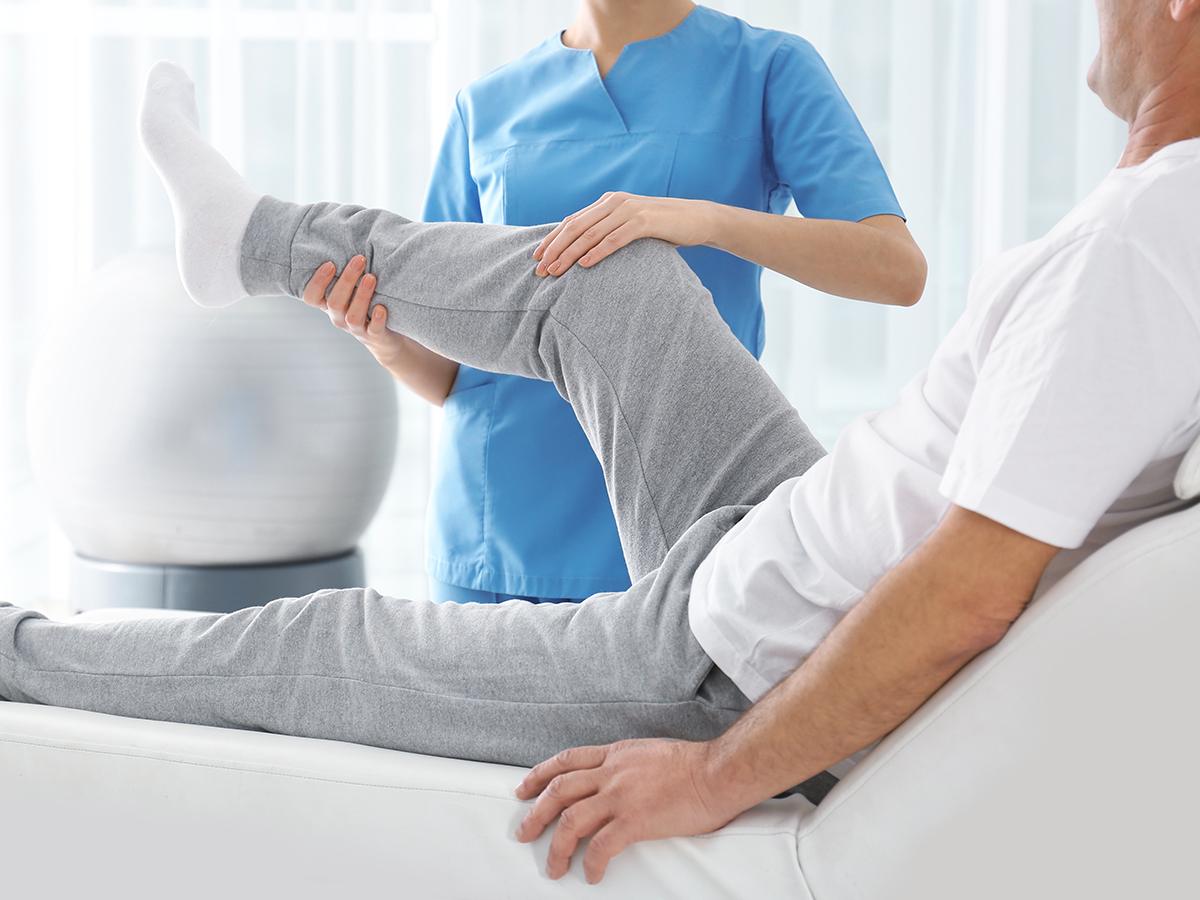Learn Common Sports Ailments and Efficient Rehabilitation Strategies aimed at Athletes
Wiki Article
Sports injuries are frequent among sportspeople of all ages and proficiency levels. These injuries can happen in various types, including ligament injuries, muscle injuries, fractures, and tendon inflammation. Comprehending the kinds of injuries that can happen during athletic activities is crucial for not only prevention and treatment. Ligament injuries, for instance, involve the stretching or tearing of connective tissues, which connect bones at a joint. Strains, on the other hand, affect muscles or tendon structures, which connect muscle tissues to bones. Recognizing these traumas early can assist athletes seek appropriate treatment and come back to their sport more quickly.
One of the frequently commonly seen traumas in sports is the foot sprain. This trauma often happens when an athlete touches down awkwardly or twists their foot during a match. Symptoms of an foot sprain include discomfort, inflammation, and trouble walking. Prompt treatment typically includes the R.I.C.E. method, which represents for Recovery, Ice, Wrapping, and Elevation. This method helps minimize inflammation and discomfort. In more serious cases, physical therapy may be required to restore power and flexibility to the foot before returning to athletics.
Another common trauma is a muscle injury, which can happen in all sport that demands sudden actions or heavy weight-bearing. Sportspeople may experience a muscle injury when they stretch a muscle too far or when they apply too great effort. Symptoms include acute pain, inflammation, and muscular spasms. Recovery for muscle injuries often includes light flexibility exercises and strengthening workouts. Slowly increasing activity levels is crucial to avoid re-injury. Sportspeople should collaborate closely with a rehabilitative specialist to create a safe and effective recovery plan.
Tendon inflammation is another injury that can affect athletes, particularly those who engage in repetitive movements, such as joggers or aquatic athletes. This condition occurs when a tendon, which connects muscle to skeletal structure, gets swollen. Frequent areas affected by tendonitis include the elbow, upper arm, and knee. Symptoms often include pain and rigidity, especially during activity. Care for tendonitis usually involves rest, ice, and pain-relief drugs. In certain cases, physical treatment may be suggested to enhance mobility and power in the injured area.
Preventing athletic traumas is just as crucial as addressing them. Athletes can click this link here now reduce their chance of trauma by warming up properly before events, using the appropriate gear, and keeping good fitness condition. Strength conditioning and stretching exercises can assist prepare the body for the requirements of athletics. Additionally, athletes should listen to their physical condition and take rest when necessary. By understanding common athletic traumas and implementing effective recovery strategies, sportspeople can remain healthy and participate in their beloved sports for a long time to follow.
